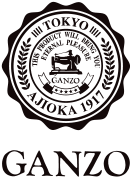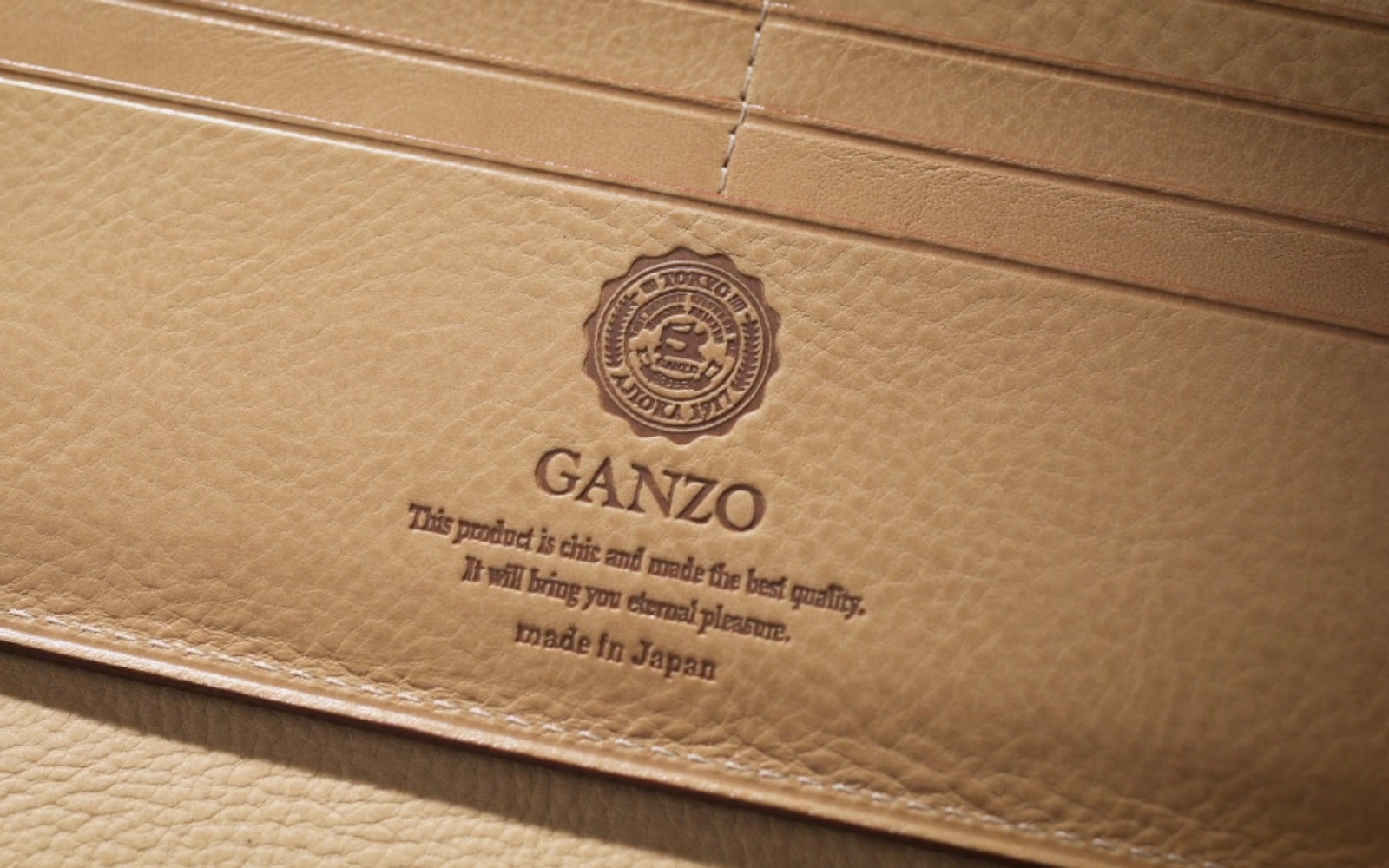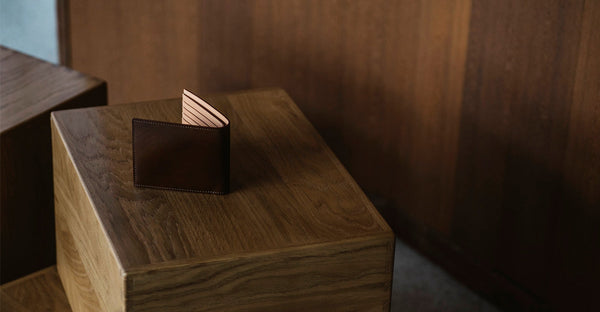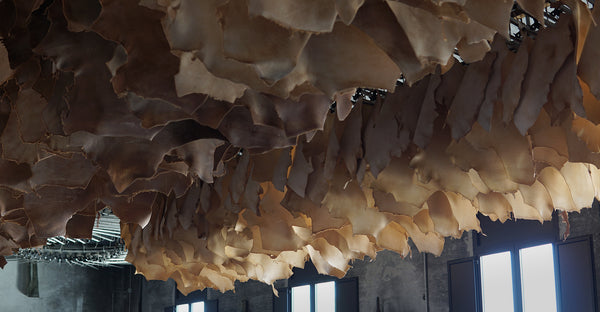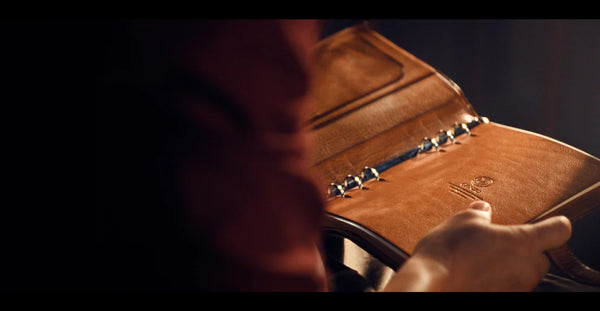CORDOVAN - Tannage’s section
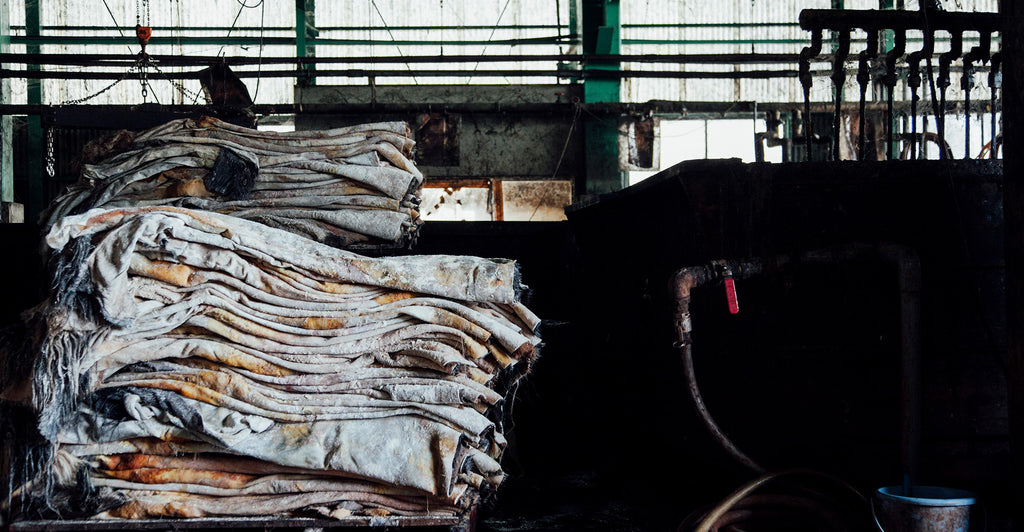

CORDOVAN—Tannage’s sectionHimeji's world-famous leather
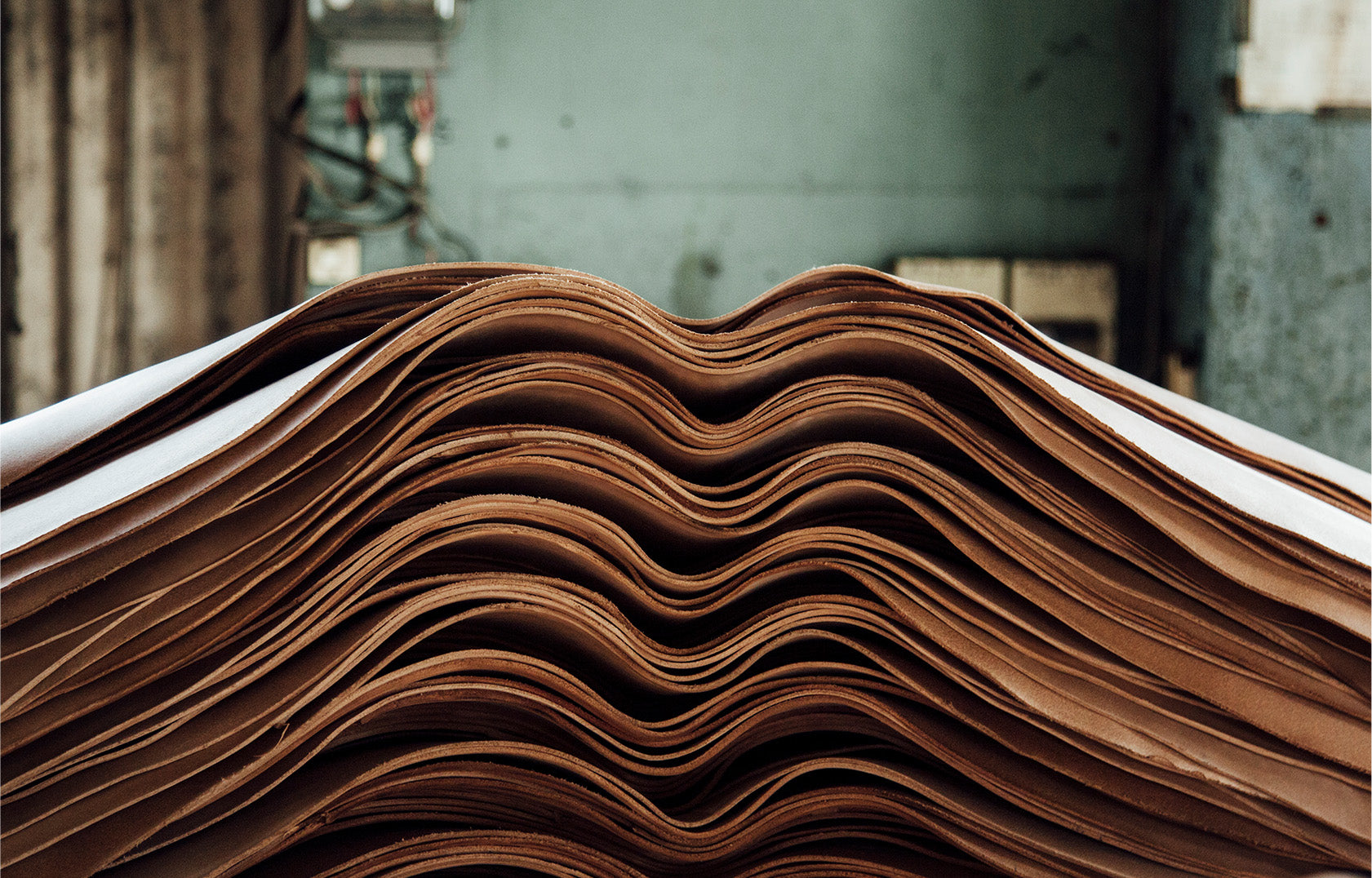
Cordovan based on dedication and history
Cordovan is a dense, 1mm thick equine leather made from the hindquarters of a horsehide. The amount of cordovan that can be derived from a horse is limited, making it a rare and precious item. This strong and sturdy leather is well known for its beautiful luster. With the climate of the Banshu Plain and river waters suited to the properties of leather, Himeji in Hyogo Prefecture has flourished as a leather producing district since the early Edo period (1603-1868), when Himeji white tanned leather was born. While the use of leather has shifted from protective gear such as helmets and armor, to accessories, there are still many leather tanneries and manufacturers in Himeji, including GANZO's cordovan tannery SHINKI-HIKAKU which has been in business for over 60 years. With their highly skilled craftsmen and reputation as one of the best tanners of horse leather in the world, SHINKI-HIKAKU studied the craft and began producing cordovan about 35 years ago. This is where cordovan leather is made into high-quality products such as Randoseru backpacks and wallets.
The cordovan manufacturing process

Manufacturing with painstaking care
At SHINKI-HIKAKU, craftsmen spend about 10 months painstakingly finishing the cordovan. From the selection of rawhides to the tanning process, compromise is not an option. The result is a unique luster and rich texture, brought with pride, from Himeji to the world.
-
1. Rawhide selection

1. Rawhide selection
Cordovan leather is derived from the rawhides of European horses used for farming or meat. These rawhides are processed into cordovan at the Himeji facilities. Cordovan is made only from a dense fibrous 1mm layer in the buttocks of a horse. The carefully selected rawhides are imported to Japan and preserved in salt to prevent rotting.
-
2. Rawhide treatment and pre-tanning

2. Rawhide treatment and pre-tanning
The salt crust and blood are washed off, hair is removed, and salt and fat are leached from the hides. Then, the lower half of the hide where the cordovan is cut out from is cleaned for about two days in a washing device called a drum. The hide is then pre-treated with tannin so that the tanning agent and fibers can bond easily.
-
3. Tanning

3. Tanning
The tanning process involves soaking the hides in wooden barrels called pit vats filled with a tanning agent. This process alone takes about one month, and is an essential step in turning hides that can rot into leather that will not rot.
-
4. Drying

4. Drying
After the unwanted parts are trimmed off, the hides are hung on hooks one by one, exposed to the air, and dried for about 10 days. The skins are then covered with cloth and left to mature for three to four months. In this way, the tannin is absorbed throughout and the leather becomes soft. This process allows the leather to age naturally.

The charm of cordovan
Leather is extremely delicate, so during the change of seasons, products are carefully manufactured while paying close attention to temperature control. Rawhides are purchased well in advance, and the process is timed considering the many steps involved in leather making. Cordovan is easy to handle, maintain, and can be wiped dry with a soft cloth to give it a glossy finish.
The approach to manufacturing
The history of tanning in Himeji, combined with the challenging spirit and ingenuity of SHINKI-HIKAKU, has produced original leather that is unparalleled in the world. Himeji cordovan, produced using optimal tanning techniques, is sought by many brands including GANZO, and is very popular among leather goods lovers around the world.
